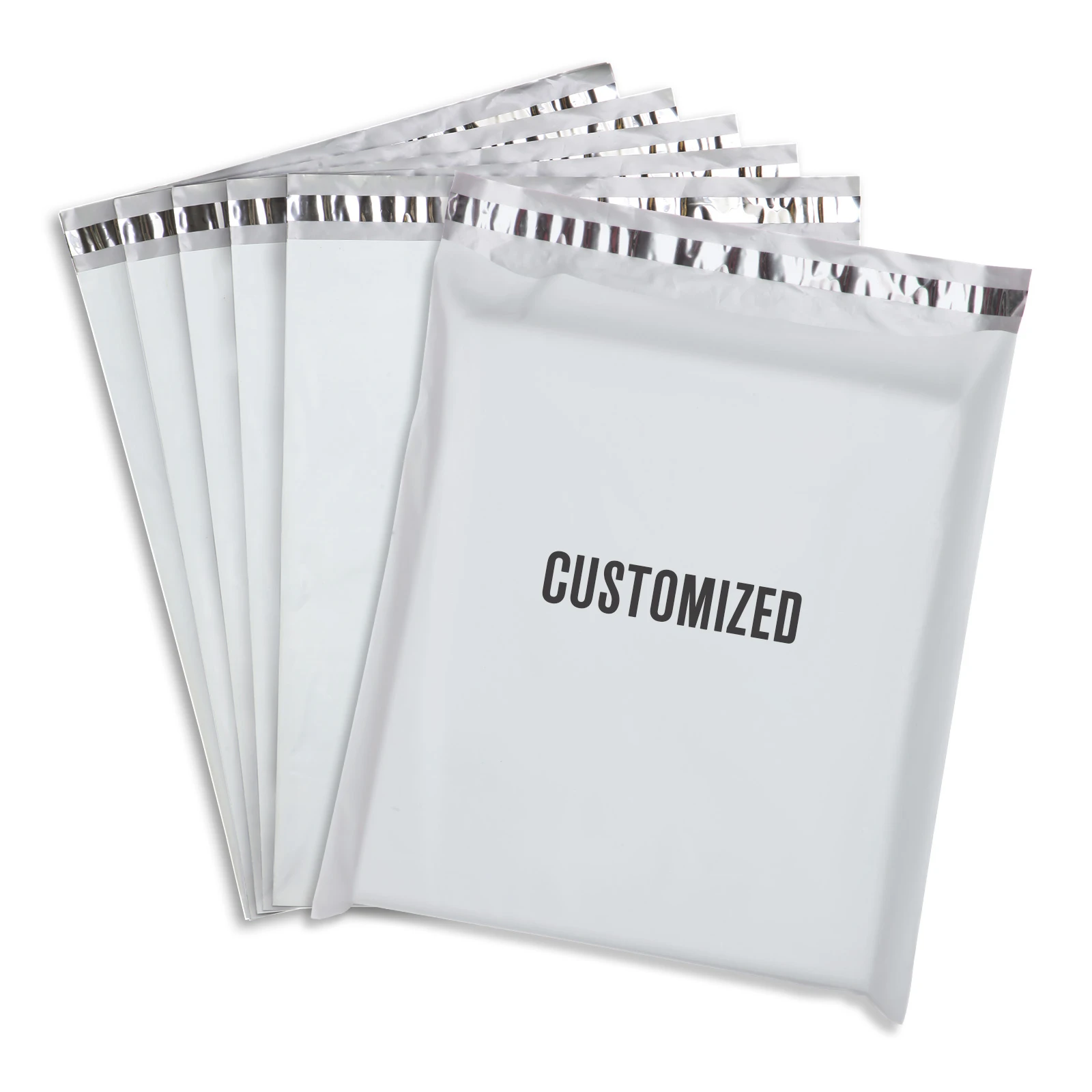paper packaging design
Exploring the Art and Functionality of Paper Packaging Design
In today’s world, where sustainability is a growing concern, paper packaging design has emerged as a crucial element in the packaging industry. Unlike plastic, paper is biodegradable, recyclable, and often derived from renewable resources, making it a more environmentally friendly alternative. This shift towards paper packaging, however, is not solely about sustainability; it also involves aesthetics, consumer experience, and innovation.
The Importance of Aesthetics in Packaging Design
First impressions matter, and packaging is often the first point of interaction between a product and a consumer. The visual appeal of paper packaging can significantly influence purchasing decisions. Designers are continually experimenting with colors, textures, and shapes to create packaging that not only protects the product but also reflects the brand’s identity. For instance, luxury brands often use high-quality paper with embossing to convey a sense of elegance and exclusivity, while eco-conscious brands might opt for rustic, unbleached paper to highlight their commitment to sustainability.
Moreover, typography plays a vital role in paper packaging design. The choice of fonts, sizes, and layouts can communicate essential information about the product while enhancing the overall aesthetic appeal. Creative designs that incorporate eye-catching graphics can help products stand out on crowded shelves, grabbing consumers' attention and prompting them to explore further.
Functionality and User Experience
While aesthetics are important, functionality remains a top priority in packaging design. Paper packaging must protect the contents from damage and contamination. Innovative designs, such as pop-up boxes, foldable cartons, and pizza boxes, have proven effective in ensuring both safety and convenience. These designs not only make for easy storage and transportation but also maximize shelf life and usability.
paper packaging design

Additionally, the tactile experience of paper packaging can enhance consumer engagement. The feel of high-quality paper, whether it’s smooth, textured, or coated, can evoke emotions and create a deeper connection to the product inside. Brands that understand this connection can use it to their advantage, creating memorable experiences that encourage repeat purchases.
Sustainability and Innovation
As consumers increasingly seek sustainable choices, brands are innovating to meet this demand. Many companies are exploring innovative printing techniques and materials that reduce environmental impact. Water-based inks, biodegradable coatings, and recycled paper not only lower the carbon footprint but also signal to consumers that the brand is taking responsibility for its environmental impact.
Furthermore, technology has made its way into paper packaging design. Smart packaging features, such as QR codes or NFC tags, allow for interactive experiences where consumers can learn more about the product, its origins, and how to dispose of the packaging responsibly. This adds an extra layer of value and connection to the brand.
Conclusion
In conclusion, paper packaging design is a multifaceted domain that combines art, functionality, and sustainability. As the industry continues to evolve, designers must balance aesthetics with practicality while embracing innovation and eco-friendliness. This approach not only enhances the consumer experience but also contributes to a more sustainable future. The effective integration of design principles will be crucial in determining the success of brands in this increasingly conscious marketplace.
-
The Best Uses for Small Trash Bags in Daily LifeNewsJul.01,2025
-
Stylish Reusable Grocery Bags TrendsNewsJul.01,2025
-
Shipping Advantages of Using Bubble Envelopes BulkNewsJul.01,2025
-
How Compostable Mailing Bags Reduce Environmental ImpactNewsJul.01,2025
-
Environmentally - Friendly Bulk Poly MailersNewsJul.01,2025
-
Eco Friendly Custom Laminated Tote BagsNewsJul.01,2025
-
Have the freedom of customizing your custom mailers any way you want! Our dedicated packaging support will help deliver you the mailing experience you need to elevate your shipping experience to the next level! Start making a strong impression on your customers and stand out from your competitors! -
LIYA uses high quality raw materials which directly purchased from large enterprises domestic and overseas such as PetroChina, Sinopec, Sabic, Equate, ExxonMobil, Dow Chemical, Total, and Borouge, ensuring the price advantage and quality of the raw materials. -
LIYA uses high quality raw materials which directly purchased from large enterprises domestic and overseas such as PetroChina, Sinopec, Sabic, Equate, ExxonMobil, Dow Chemical, Total, and Borouge, ensuring the price advantage and quality of the raw materials.





